Sunday, April 9, 2017
It seemed like the world was content to stay abed on a quiet Sunday morning while I was up and at ’em ready to experience the day. I enjoyed a big Sunday breakfast with what I am sure was the best bacon I have ever had.
Big English Breakfast, view from my 3rd storey room to the market area, and one of the many horse-themed paintings at The Red Lion – Doncaster is famous for its racing horses.
I meandered through the quiet morning Doncaster streets to where I could catch a bus to nearby Conisbrough, a pretty little town famous for its castle ruins. I found the correct stop and was able to track down the correct bus and board (I have very rarely used a bus so this is all quite a unfamiliar experience for me, a country girl). Conisbrough was only 18 minutes drive away and I enjoyed the scenery of travelling through the towns. Soon I saw the ruins ahead high on a hill. I began to worry that the bus would only travel past the outskirts and might not stop until the next town, so I pressed the button to signal the driver to stop at the next stop. I got off and watched as the bus entered the town and climbed the hill to the castle. Ah well, I got to enjoy the town on foot. It was only a matter of a few more minutes and I was at the castle itself, and they weren’t even quite opened yet anyway. The girls working in the shop were very nice and we chatted as they prepared for their day and I paid my entry fee. They have a large room dedicated to explaining the castle’s beginning and inhabitants through the years. Conisbrough came from an Anglo-Saxon word meaning the king’s borough and was an important area for centuries before the Norman castle was built. After William the Conqueror took over the throne of England in 1066, the land was given to the de Warenne family and they were the ones to build the castle, which underwent many changes over the next few centuries. By the 1500’s it was already falling to disrepair – it had been hastily built and the ground in the area wasn’t suitable. Sir Walter Scott wrote Ivanhoe after viewing the castle ruins in the early 1800’s. Today, only the castle keep remains intact, but you can still clamber about the rest of the ruins and imagine what the buildings in the inner and outer bailey looked like. And for the unimaginative, there were informative signs scattered about.

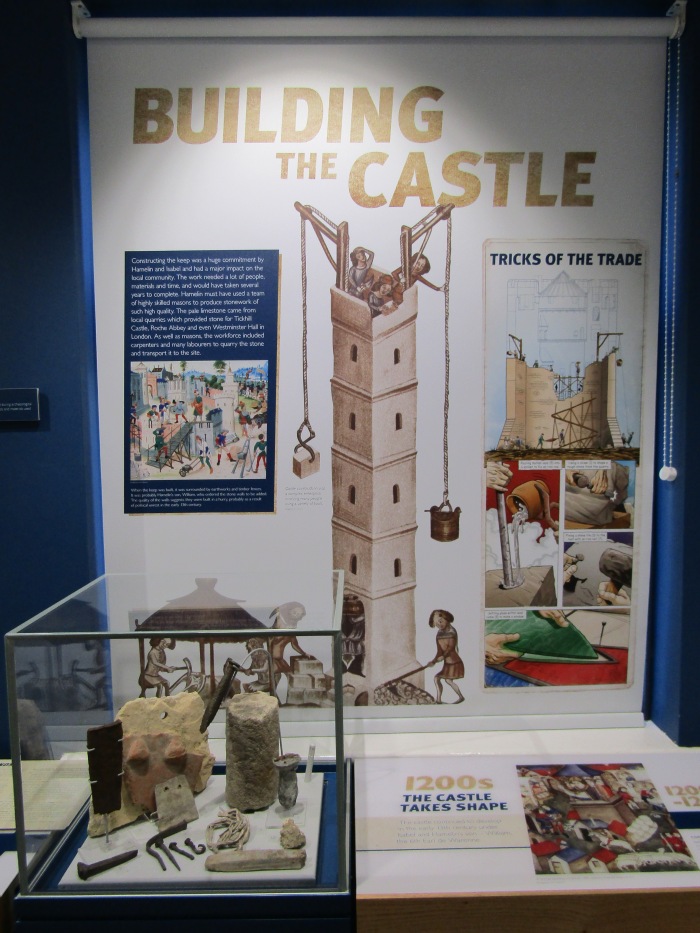








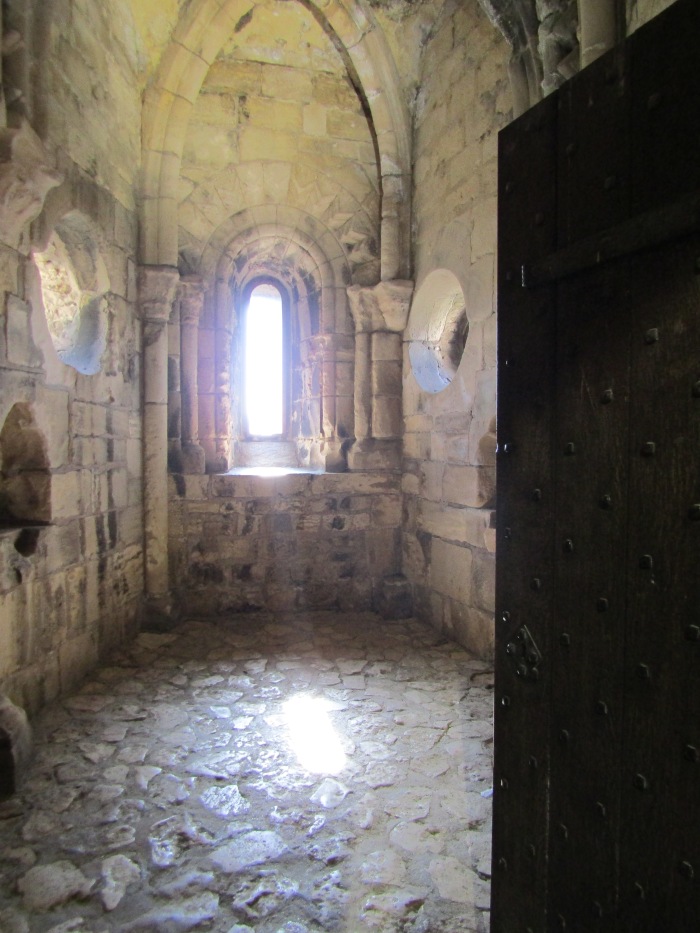

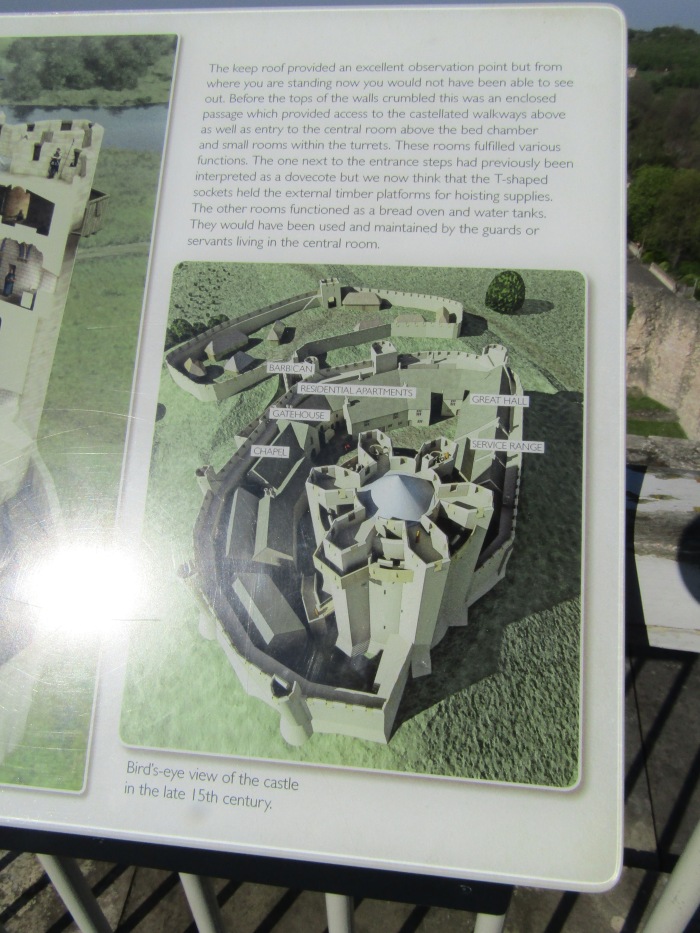
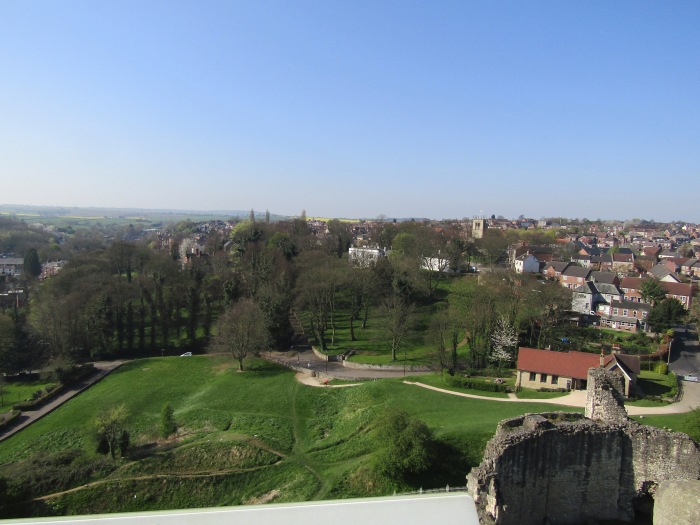
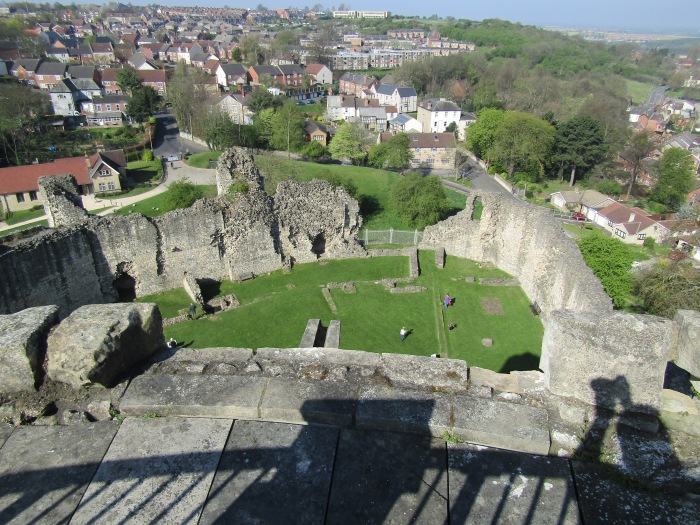

I was afraid I was going to miss my bus out of town. Sunday buses only run every hour, and I wanted to spend the majority of my day in the next 3 towns, and to get there I was going to need to travel back to Doncaster and catch the 11:15 bus 5 minutes later to get to Scrooby. I caught the correct bus, but as we travelled back to Doncaster I started to realize I had no way of knowing which of the Doncaster stops was mine. The bus only stops if signalled in advance, and we were going past the small signs too fast for me to try to determine the stop letter or number. I asked the driver but he didn’t have any idea where I should get off to catch my connecting bus either. I made a guess and stepped off. It was the wrong guess. I asked a few people out for Sunday walks and a store clerk, but they didn’t know where to find that bus – I guess Scrooby was a small enough village that very few would be leaving the city to travel there. When I finally figured out where I was, I got everything mapped out for the next bus in an hour’s time that would take me to my proper spot to then catch a 12:15 bus to Scrooby. I found a bite to eat at a gas station and sat to wait. Finally I saw my bus, the #10, coming down the road. But there was another bus in front of it, preparing to stop, and the driver of #10 couldn’t see me signalling for him to stop with that bus in the way. There goes plan B and another hour. Fed up with the buses at this point, I determined I would just walk to where I could catch the 1:15 bus to Scrooby. Finally I had success! Now to just figure out the correct stop to get off at again…I didn’t want to end up travelling to another town past Scrooby. I figured I was probably pretty close, and got off – it was the right spot! The closest the bus passes by is a place called Gibbet Hill (a murderer was once hung here) and I walked to nearby Scrooby, Nottinghamshire.
Some of the surrounding countryside, including the River Ryton.
To many, Scrooby might seem like an unlikely destination – just a small collection of houses, a church, and a restaurant make up the village. But what it lacks in apparent entertainment is made up for in its history. In the late 1500’s there lived an educated man from a well-to-do family, William Brewster. He became acquainted with the revolutionary thoughts spreading through Europe that said the Church needed to be reformed, and he became a Separatist – one of the types of Puritans that were looking to “purify” the Church from practices that weren’t in the Bible. When his father died in 1590, he took over the bailiff and postmaster duties in Scrooby which provided the opportunity for some of others to meet together in worship at the Manor House and share the new teachings they were hearing.
The old Vicarage still stands from Brewster’s day.
St. Wilfred’s Church – Brewster was fined for not attending services
The old village pinfold beside the church. Stray animals would be kept here until their owner paid the fee of any damage incurred and the care of the animal during the time they were held. The tally of payments were kept on a notched stick, hence the term “paying the tallyman”. Someone is now using the pinfold for a garden.
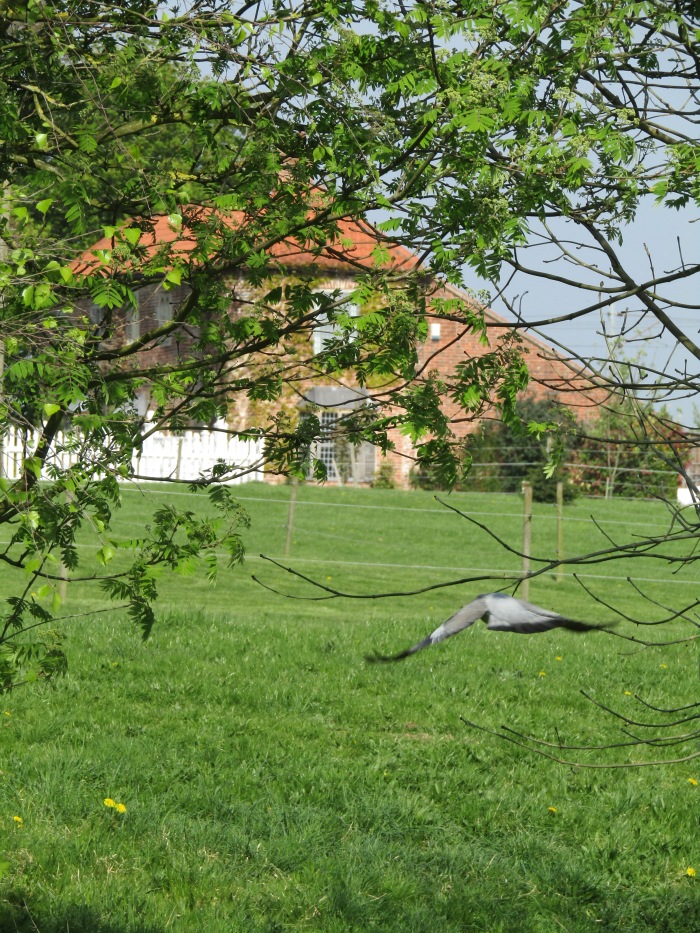


The 2 signs in Scrooby telling of its part of the Pilgram’s trail to the New World
The Protestant Reformation had become a great swelling tide that could not be stopped, although many had tried everything possible to do so. In spite of all manner of persecution, their numbers continued to increase. One was a young boy who had somehow managed to get his hands on a Bible written in English (those in power were burning and destroying them as fast as they were coming off the printing presses to keep people from knowing what was written there for themselves). William Bradford had been a sickly lad, now orphaned and living with his uncles after his parents and grandfather had passed away. When he was 12 a friend invited him to travel 10 miles away to Babworth to hear the “heretical” Richard Clyfton preach. Young Bradford’s heart was lifted by what he heard and he continued to find ways to go and hear the Word of God even though his family forbade him. He met William Brewster at one of these meetings and began learning more about the reformation sweeping the continent. Scrooby was only 4 miles away from Bradford’s own home in Austerfield and he walked to the meetings held at the Manor and became part of the small congregation that was forming there.
Some of the same scenery William Bradford would have seen along the Great North Road between Scrooby and Austerfield
The town of Bawtry lies in between: this is the Methodist church there – John and Charles Wesley came from nearby Epworth 100 yrs after Bradford and Brewster’s time and again stirred the hearts of the people. Crossing the county line from Nottinghamshire to South Yorkshire.
I stopped in Bawtry for a break – it was a very hot day so I had a lemonade and sat out of the sun for a bit before continuing on. My hour’s walk gave me plenty of time to enjoy the countryside and reflect. I was walking the same route my ancestor walked many a Sunday afternoon, seeing the same gentle hills and fields. What was in his heart burning, yearning for more of God, that he would make this perilous journey knowing he could be imprisoned, and making a solitary stand against his family and all he had known? As I entered Austerfield and was admiring peoples gardens and enjoying the cherry blossoms as I walked by, it made me think of my grandfather, Fred Bradford. It made me ponder, that perhaps in the soul’s resting place beyond what the eye sees, if he and William have sat down together to say how it was worth it all. How important it is to keep the faith, to hold up truth above all else. To lean upon the arm of the Lord for your strength and your hope. To have love and compassion for your brother. These things, I think, they had in common. What a rich heritage I have been given.


The church yard of St Helen’s where William Bradford had been baptised and attended as a small boy. This present building was built in 1080, but there was probably an earlier wooden structure in its place.
Many heartfelt thanks goes out to Sue Goodall who gave up her sunny afternoon to come and unlock the church for me so I could have a peek inside. She went above and beyond and had information about the church for me, and then very kindly offered me a drive back to Doncaster to save me from waiting on the side of the highway in a deserted area for the next bus.









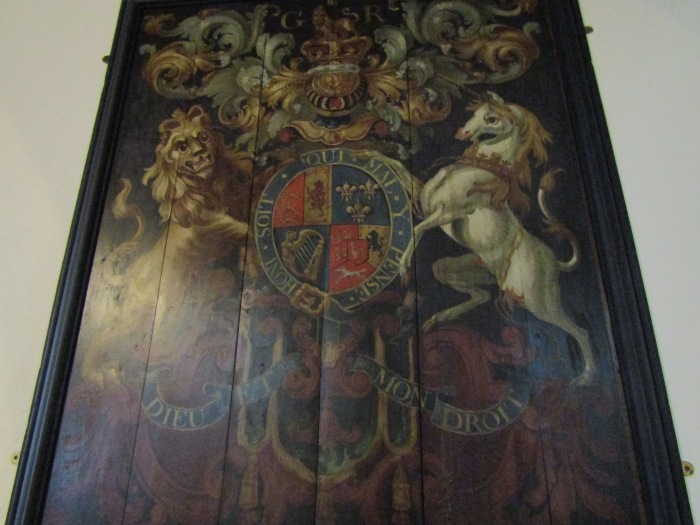

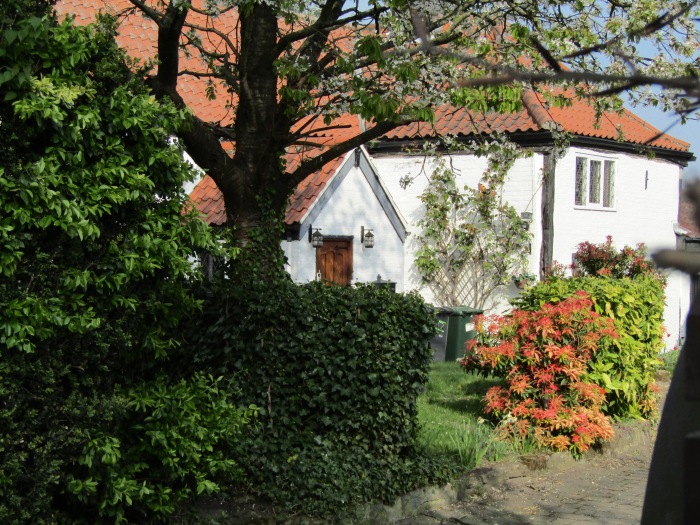

By 1607, life was becoming increasingly difficult for the Scrooby congregation. Their secret meetings were starting to gather attention and they were being watched night and day, and many were imprisoned. They decided to try to make their way to Amsterdam where the was more religious tolerance, and after many attempts and in the face of grave danger, by the grace of God they made it. In 1613 William married Dorothy May and their son, John, was born in 1617. Their time in the Netherlands was growing increasingly hostile, and the group of Pilgrims decided to move to the newly forming colonies in the New World in hopes this would give them the opportunity to worship in freedom. Some of the congregation would stay behind in the Netherlands, including 3 year old John Bradford, with expectations that they would join them after a few years once things had become more established. They set sail with 2 ships, the Speedwell and the Mayflower, but the Speedwell wasn’t so speedy or well, and they turned back. Late in the year in 1620, the Mayflower set out once again, alone this time, with a handful of brave souls willing to forsake all and face the unknown as long as the hand of the Lord was there to guide them. It would become the founding of a nation.


























What a rich day spent both in past and in present. Awaiting our next travel day with great anticipation! 🙂
LikeLike
So fun to read and see your great pictures. It makes me want to travel.
LikeLike
What a great story you weave. I was really touched by your reflections…an amazing journey!
LikeLike